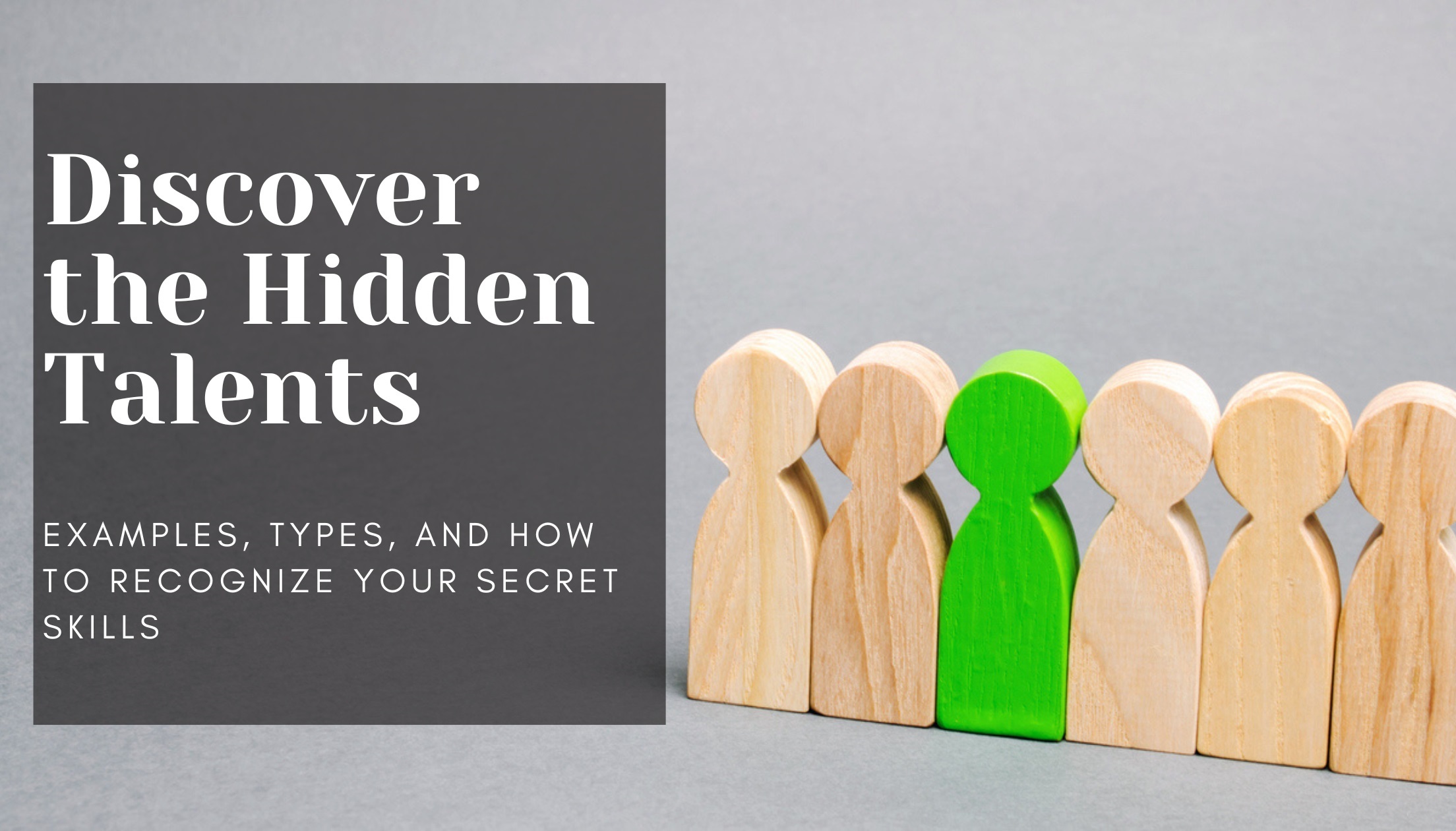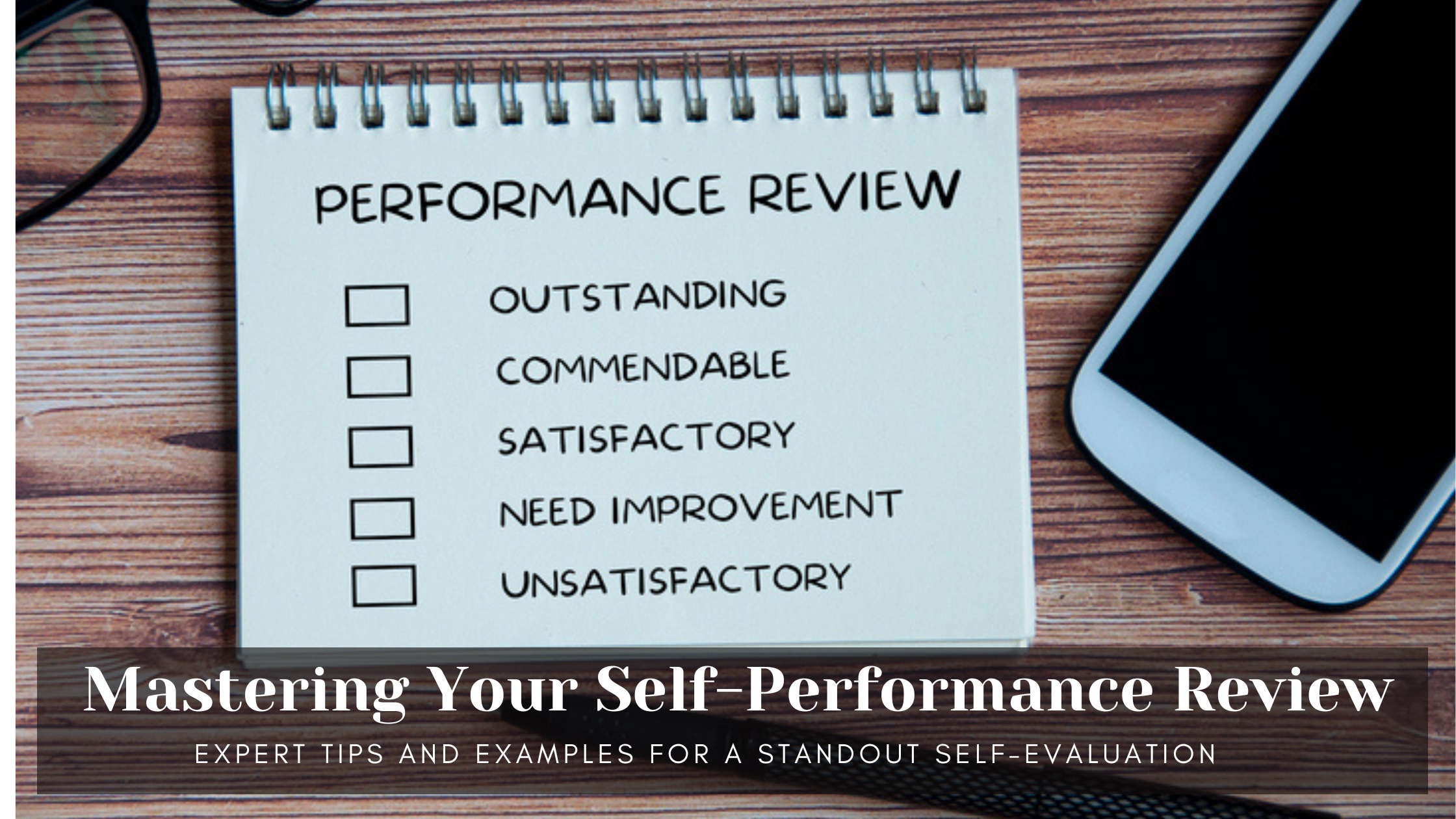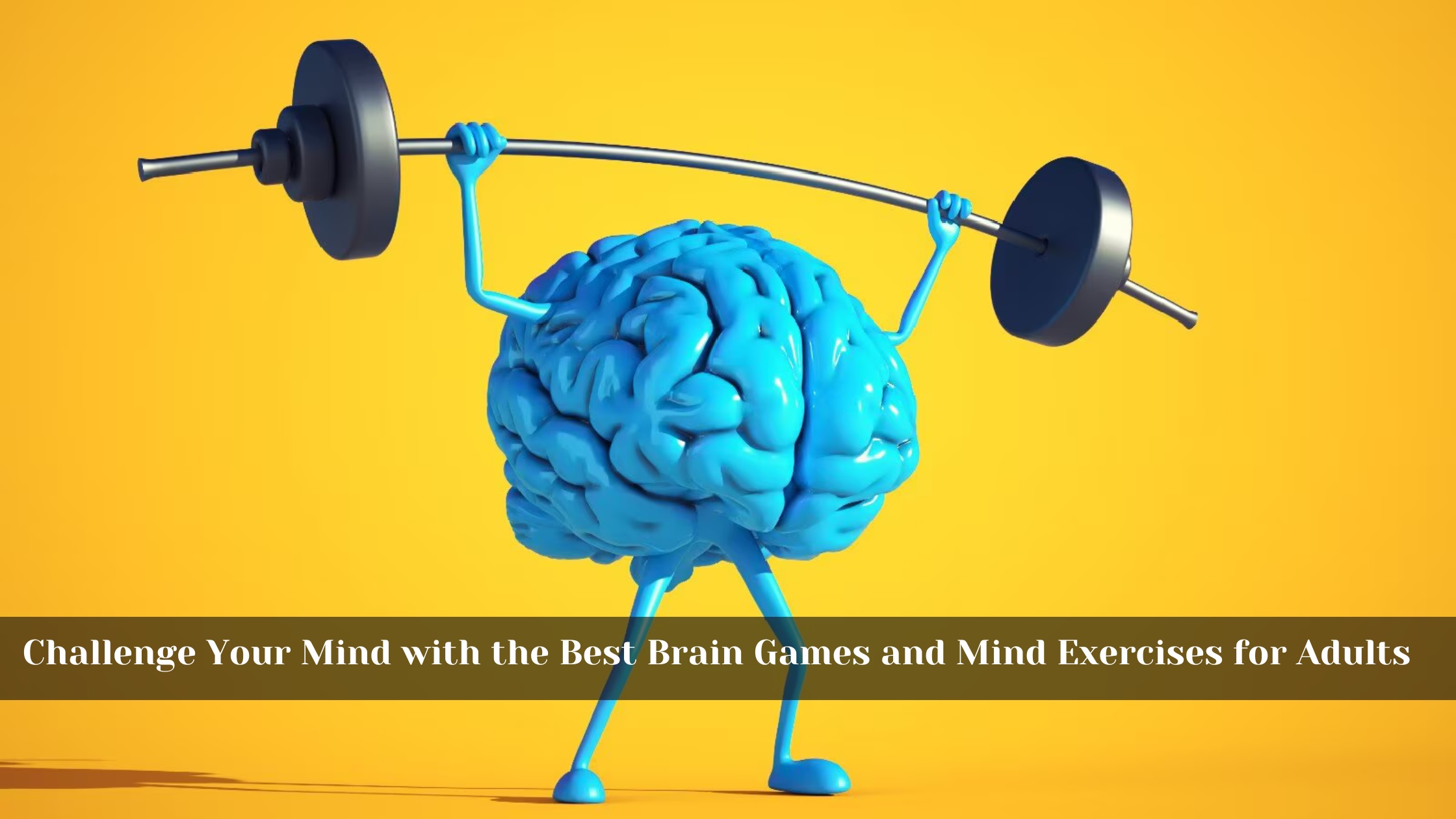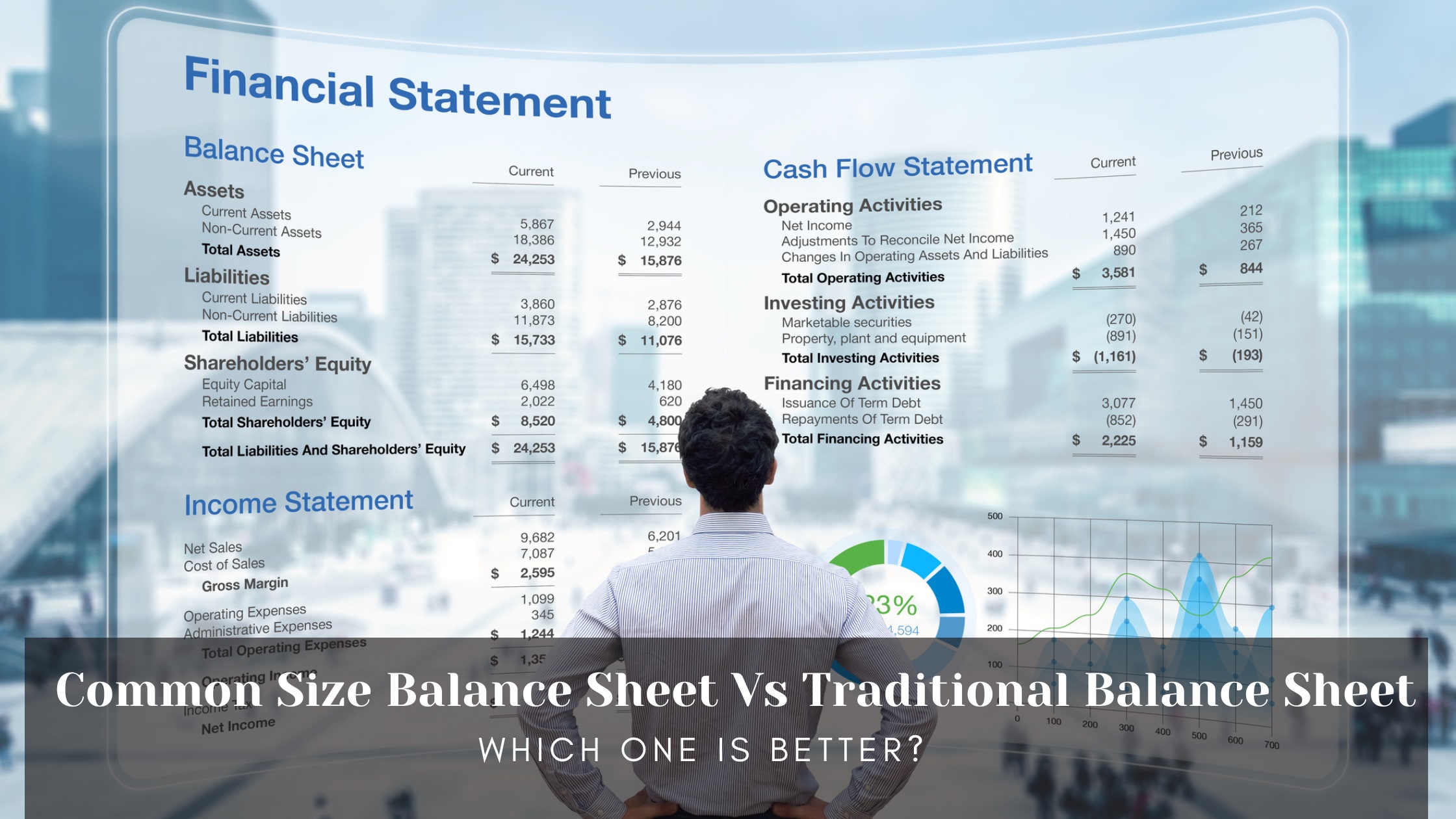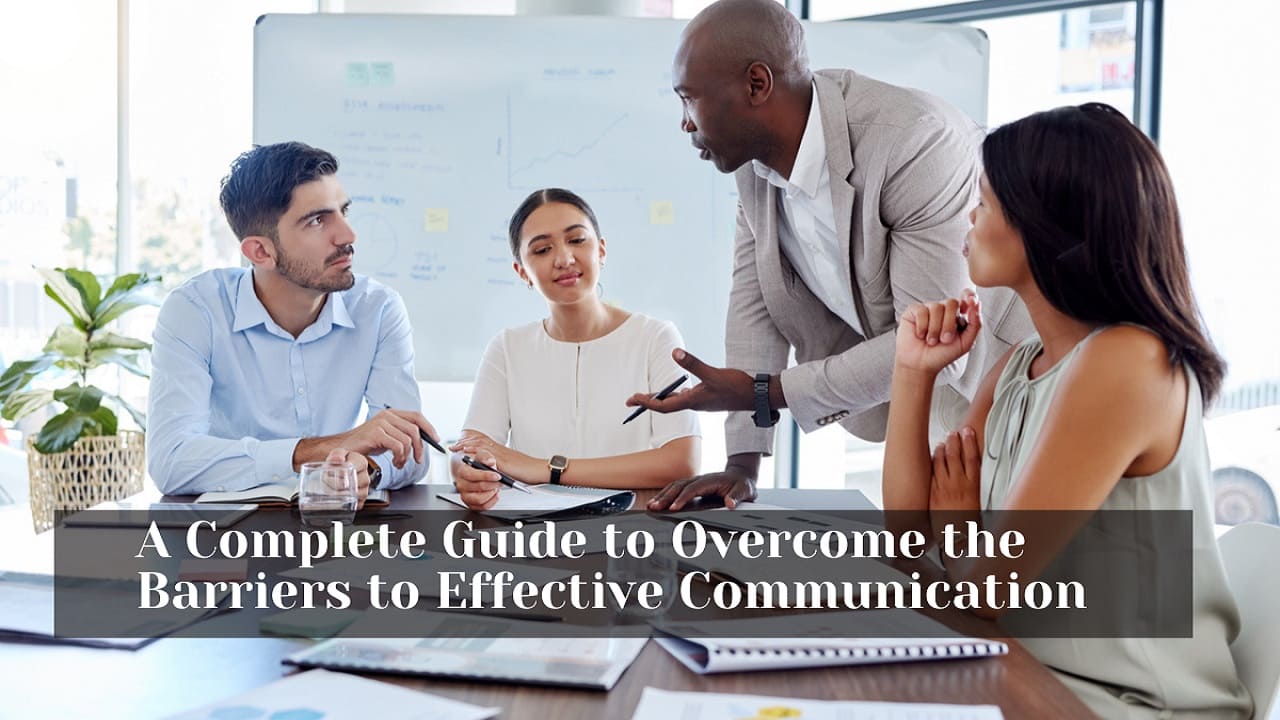
Communication is the key for anyone to interact with each other and pass ideas, thoughts, and feelings but alone communication cannot do everything. It also takes comprehension in which any kind of messages can be passed on successfully to the other end with the right intention and understanding, just like the sender wants. But, there are many hurdles that stop the efficient and effective communication. Let’s focus on that along with the ways to overcome those barriers.
Aspects of Communication Barriers
There are a total five kinds of barriers that usually make the communication process difficult and incomplete. These factors include:
- Language Barriers
- Psychological Barriers
- Physiological Barriers
- Attitudinal Barriers:
- Systematic Barriers
Language Barriers
Language inability can be a huge barrier in order to communicate anything to the people. If two or more people cannot speak the same language then there will be difficulty in conveying the right message from the sender to the receiver and vice versa. It is not limited to language as if there are usage of any linguistic or terms that are not familiar to the receiver, then also a hurdle can be created. Therefore, the appropriate usage of language and terminologies are suggested for the receiver that they can properly understand.
Psychological Barriers
The mental and emotional state of the receiver also matter as the way they interpret any message can be different. For instance, if someone is already tensed and worried about something, they may already be preoccupied by their own thoughts and concerns, hence, they may not be able to get the message with the same wavelength and attention. Another example is when someone is angry then the chances of them receiving the message in the right or efficient way is a little bit tougher,
Physiological Barriers
This barrier depends on the physical abilities of people to receive any message. For example, if someone has hearing issues, then they won’t be able to listen to any kind of spoken communication in an efficient way. The other way is if someone is living far away from the sender and they cannot grasp anything, especially if there is constant noise around one or both ends.
Communication tends to be simpler when the distance is shorter because there are more channels for communication and less technology is needed. While modern technology can help minimize the effects of physical barriers, it is important to be aware of the pros and cons of different communication channels in order to choose the most suitable one for overcoming such barriers.
Attitudinal Barriers
Attitudinal barriers can come from the personal aspects that can be including personality conflict, bad management, or resistance to change and accept the message as they are. The right receivers are the ones who attempt to break these kinds of barriers and gain effective communication.
Systematic barriers
Systematic barriers in communication come in the organizations and structures where there are presence of inefficient or inappropriate information systems and communication channels or in the places lacking roles and responsibilities. In such places, individuals are confused about their roles due to lack of communication and do not clearly know what is expected of them.
Strategies for Overcoming Barriers
In order to improve communication effectiveness, think about putting into action these strategies:
Active Listening
Engage in active listening by concentrating on the speaker, displaying authentic curiosity, and giving feedback to convey comprehension.
Clarification and Summarization
Clarification and summarization are important to guarantee clarity and mutual understanding, so make sure to ask questions and recap what you have heard.
Empathy and Respect
Show empathy and respect by considering different perspectives and emotions during conversations.
Feedback Mechanisms
Mechanisms for feedback should be promoted in order to detect possible misunderstandings and enhance communication in the future.
Training and Development
Invest in training yourself and your team in communication skills to improve overall effectiveness in Training and Development.
Conclusion
There are different factors that can hinder effective communication, such as physical, language, cultural, emotional, perceptual, and technological barriers. Identifying and overcoming these obstacles enables people and groups to encourage deeper and more effective communication. Successful communication involves more than simply sharing information; it entails forming connections, comprehension, and teamwork. By following the strategies provided in this blog, you can improve your communication abilities and foster a closer and more empathetic atmosphere in personal and work-related situations.
